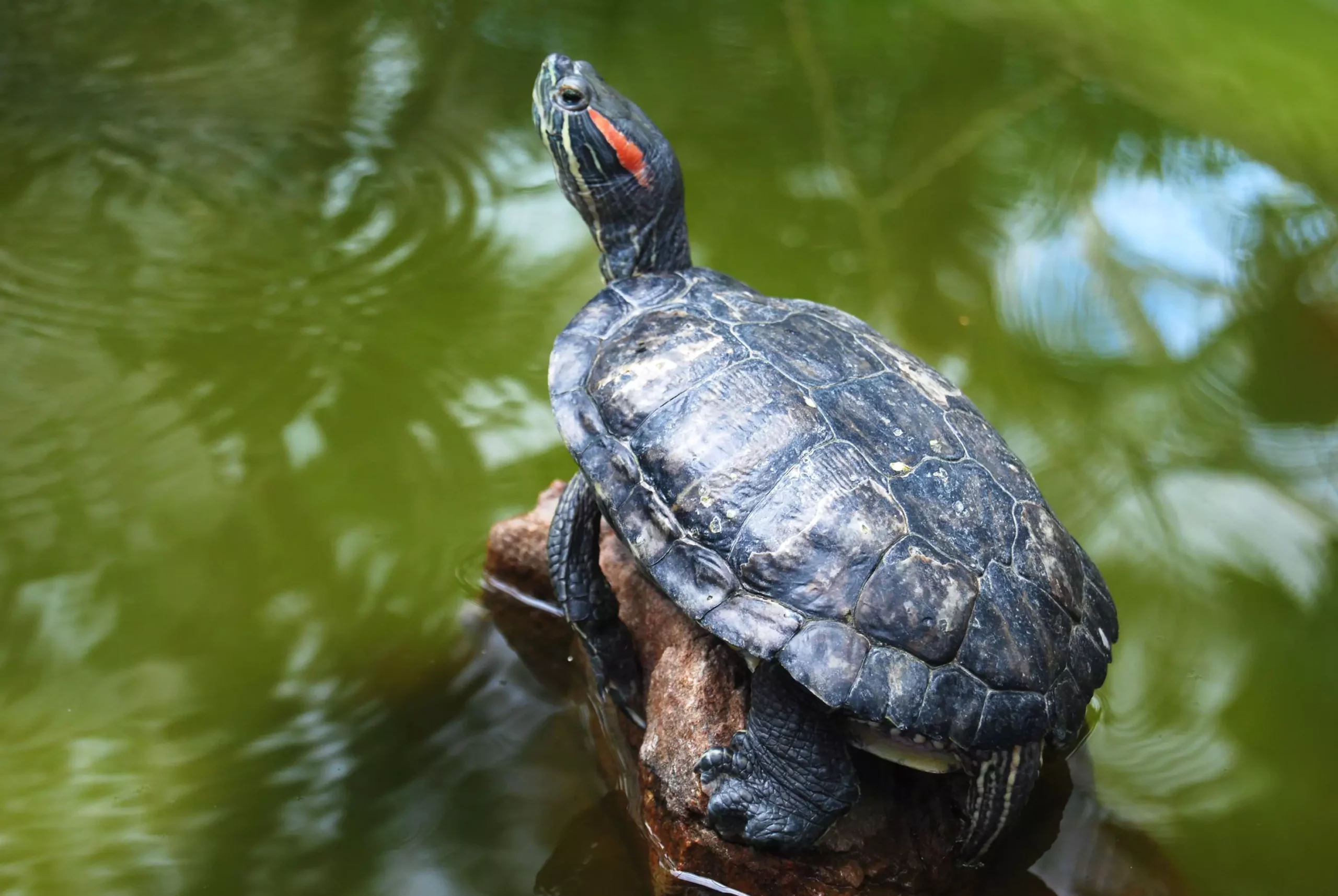Red-eared sliders are among the most popular pet turtles due to their vibrant appearance and intriguing behaviors. As reputable guardians of these aquatic creatures, it is essential to understand their dietary needs to ensure their health and longevity. This article will explore the optimal diet for red-eared sliders, highlighting the importance of a balanced approach incorporating both animal and plant materials.
Young red-eared sliders have distinct dietary preferences compared to their adult counterparts. During their formative weeks, these turtles primarily require a protein-rich diet, which is essential for their growth and development. It is advisable for pet owners to offer a carnivorous diet to hatchlings; this includes a variety of protein sources that can spur vigorous growth.
Despite their initial attraction to animal protein, it is crucial to introduce plant materials early on in their lives. By familiarizing young turtles with vegetables and leafy greens, pet owners can foster a palatable association with plant-based foods, easing their transition into adulthood. As red-eared sliders mature, approximately 50-70% of their diet should consist of plant materials.
Commercial turtle pellets are a convenient and efficient food source that provides essential vitamins and minerals. Nevertheless, relying solely on these pellets can lead to a monotonous diet lacking in variety. While they should constitute around 25% of a red-eared slider’s diet, supplementing pellets with diverse food options is strongly encouraged. A varied diet not only ensures a more balanced nutrient intake but also contributes to the overall enrichment of the turtle’s environment.
Providing live prey can further enhance the feeding experience; it stimulates their natural hunting instincts, mimicking their behaviors in the wild. Offering a mix of prey items, such as earthworms, crickets, and shrimp, can keep red-eared sliders engaged and healthy. However, caution is advised when providing larger prey or feeder fish, as they may harbor parasites or excessive fat content harmful to the turtles.
Leafy greens form a substantial part of an adult red-eared slider’s diet. Some excellent choices include collard greens, kale, and dandelion greens. It is crucial to avoid iceberg lettuce, which is devoid of nutritional value, and limit romaine lettuce due to its lower calcium-to-phosphorus ratio. A filling diet that includes nutrient-rich greens can prevent issues like metabolic bone disease, which stems from calcium deficiency.
Vegetables, such as carrots and squash, also provide valuable nutrients. When presenting these to smaller turtles, shredding or cutting them into manageable pieces aids consumption. Furthermore, consulting a veterinarian regarding supplemental multivitamins tailored for reptiles can enhance the turtle’s diet, particularly for those transitioning out of a juvenile phase.
While it might be tempting to catch wild prey or gather vegetation from the outdoors, this practice can pose health risks to both the turtle and its owner. Wild prey can be laden with pesticides or parasites, which are detrimental to the health of captive turtles. Therefore, sticking to commercially sourced food and organic vegetables is advisable.
Fruits such as bananas and berries can be offered as occasional treats, but they should not make up a significant portion of the diet. These are not a traditional dietary staple for red-eared sliders and can lead to gastrointestinal issues if overindulged.
Additionally, avoid feeding frozen or cooked meats, such as chicken or beef, as they fail to provide balanced nutrition. Frozen fish can aggravate certain health concerns, such as vitamin B1 deficiency. Maintaining a turtle’s environment and hygiene is crucial, so careful attention should be paid to the types of food provided to prevent water contamination.
Caring for red-eared sliders entails a commitment to providing a well-rounded diet that incorporates both animal and plant materials. By understanding their dietary progression from hatchling to adult, pet owners can ensure their turtles receive the array of nutrients necessary for thriving health. Strive for variety, monitor meal portions, and consult veterinary professionals for guidance to keep your beloved red-eared sliders healthy and happy throughout their lives.


Leave a Reply